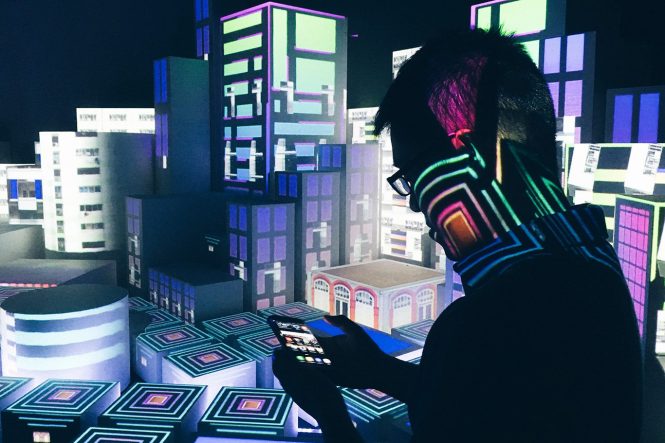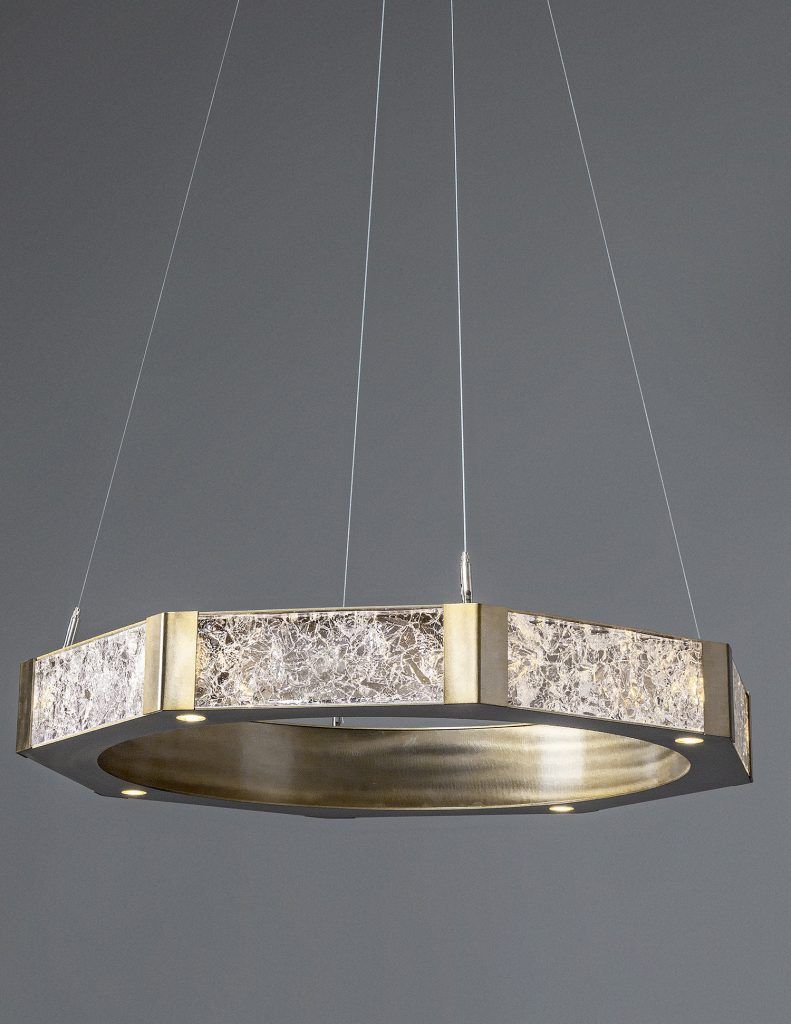

Sculptural Lighting Designs are rapidly transforming the way we illuminate and decorate our interiors. Gone are the days of purely functional lighting fixtures; today’s designs are bold artistic statements, seamlessly blending form and function. Many people struggle to find lighting that truly reflects their personal style and enhances the aesthetic of their homes. Traditional lighting options often fall short, lacking the unique character and visual impact that homeowners crave. This article explores the exciting rise of sculptural lighting, delving into the innovative designs, materials, and technologies that are shaping this trend. We’ll uncover the key factors driving this evolution and showcase examples that demonstrate the transformative potential of sculptural lighting. We’ll also look at how these designs enhance various living spaces and discuss the future of this dynamic field.
The Evolution of Sculptural Lighting Designs
From functional to Artistic
The journey of lighting design has been a fascinating evolution from purely functional to highly artistic forms. Early lighting solutions were primarily concerned with providing illumination; however, as technology progressed and design aesthetics matured, the emphasis began shifting towards the artistic potential of light. Sculptural lighting represents the culmination of this evolution, where functionality seamlessly merges with artistic expression. Think of the iconic Arco lamp by Achille Castiglioni or the ethereal creations of Ingo Maurer. These pieces transcended mere illumination and became iconic works of art. The shift in design thinking is notable, with focus shifting from simple fixtures to integrated art pieces.
The Impact of Materials and Technology
The availability of new materials and technological advancements have played a crucial function in the rise of sculptural lighting. Materials such as resin, glass, metal, and even recycled materials offer designers boundless creative possibilities. Advanced manufacturing techniques enable the creation of intricate and complex designs, which were earlier impossible to achieve. LED technology, for example, allows for intricate internal lighting schemes, creating stunning visual effects within the sculptural forms. The flexibility and energy efficiency of LED’s make them a perfect partner for these ambitious designs.
Design Trends and Styles
Sculptural lighting encompasses a wide spectrum of styles, reflecting contemporary trends in interior design. From minimalist, geometric forms to elaborate, organic shapes, there is a sculptural lighting design to complement every aesthetic. Minimalist designs often attribute clean lines and simple forms, while organic shapes incorporate natural elements and flowing lines. Industrial-style lighting might showcase exposed metalwork and bold geometric designs. The integration of varied lighting technologies allows for various stylistic interpretations; LED strips, for example, allow designers to illuminate sculptural pieces in creative ways.
Sculptural Lighting in varied Interior Settings
Residential Spaces
Sculptural lighting is gaining immense popularity in residential settings. It’s used as a centerpiece in living rooms, adding a focal point to the design. In bedrooms, they can be incorporated into headboards or act as unique bedside lamps. Dining rooms are transformed by the addition of statement pieces suspended above dining tables, creating a visually stunning focal point for every meal. Even bathrooms have seen a shift in aesthetic with the addition of striking sculptural lighting designs.
Commercial and Hospitality Spaces
Beyond residential use, sculptural lighting is making a significant impact in commercial and hospitality spaces. Hotels, restaurants, and art galleries are increasingly incorporating unique lighting designs to create memorable and engaging atmospheres. These pieces contribute to the ambiance of a space, enhancing customer experience, and highlighting architectural details. High-end retail stores also utilize this design trend to improve the visual appeal and enhance the brand’s identity, creating a unique environment. The artistic and functional nature of sculptural lighting serves these spaces exceptionally well.
Public Spaces
Sculptural lighting is beginning to find a place in public spaces as well. Art installations integrating light and sculpture bring public art into a new dimension. These designs, often using sustainable and eco-friendly technologies, not only illuminate but enhance the overall aesthetic of the public area. The art and community merge together in a cohesive visual piece which brings people together in awe of design and light.
Materials and Technology Shaping Sculptural Lighting Designs
Innovative Materials: Beyond Traditional Fixtures
The choice of materials profoundly impacts the aesthetic and functionality of sculptural lighting. Designers are moving beyond traditional materials like glass and metal, experimenting with innovative options such as resin, acrylic, and even recycled materials. Resin, for instance, allows for complex shapes and internal lighting schemes, while acrylic offers a clean, contemporary look with excellent light transmission. The use of recycled materials not only reduces the environmental impact but also adds a unique textural element to the designs. The selection of materials influences the price point, aesthetic, and longevity of the products.
Smart Technology: Interactivity and Customization
Smart technology is increasingly integrated into sculptural lighting designs, enhancing their functionality and user experience. Smart lighting systems offer attributes such as dimming, color-changing capabilities, and even voice control. These attributes enable users to customize their lighting settings according to their mood or preferences. App-controlled systems allow for convenient adjustments, scheduling, and even integration with other smart home devices. This level of customization allows the lighting piece to be tailored to any situation.
Sustainable Practices: Eco-Friendly Lighting Solutions
Sustainability is another key driver in the evolution of sculptural lighting. Designers are increasingly focusing on eco-friendly materials and energy-efficient technologies. The use of recycled materials and energy-saving LEDs demonstrates a commitment to reducing the environmental footprint. The design process itself is also evolving towards sustainability, with designers prioritizing longevity, repairability, and responsible manufacturing practices. This focus on sustainability is becoming increasingly crucial, reflecting changing consumer and designer preferences.
The Impact of Sculptural Lighting on Interior Design
Setting the Mood and Atmosphere
Sculptural lighting plays a crucial function in setting the mood and atmosphere of any space. The form, color, and intensity of the light can all affect the ambiance. A warm, soft light can create a cozy and intimate atmosphere, while bright, focused light can energize a space. The interplay of light and shadow can add depth and drama to the design, highlighting key architectural details and creating visually stunning focal points. varied lighting technologies can help designers achieve this.
Enhancing Architectural Details
Sculptural lighting can be used to highlight architectural attributes, drawing attention to interesting elements and adding visual interest to the space. It can accentuate high ceilings, showcase unique architectural details, and add drama to a room. Strategically placed lighting can create a cohesive and well-defined space. The use of light to draw the eye to particular architectural elements is a key design consideration.
Personalizing Interior Spaces
One of the most significant contributions of sculptural lighting is its ability to personalize interior spaces. Unlike mass-produced lighting fixtures, sculptural lighting pieces are unique and often custom-designed, reflecting the individual tastes and preferences of the homeowner. This personalization enhances the sense of identity and creates a space that truly reflects the occupant’s style and personality. The individuality of these lighting options makes them increasingly popular.
The Future of Sculptural Lighting Designs
Technological Advancements and Innovations
The future of sculptural lighting is brimming with possibilities driven by technological innovation. We can anticipate further integration of smart technologies, offering even greater control and customization options. The use of advanced materials, such as bioluminescent materials and self-powered lighting solutions, will continue to evolve. These advanced materials offer opportunities for new creative designs and applications.
Sustainability and Eco-Conscious Design
The trend toward sustainability will continue to shape the design and manufacturing of sculptural lighting. Expect to see an increasing focus on energy-efficient technologies and eco-friendly materials, minimizing the environmental impact of production and use. The emphasis on longevity and recyclability will further enhance the sustainability profile of these lighting products.
Artistic Collaboration and Cross-Disciplinary Influences
The future of sculptural lighting will likely see boostd collaboration between lighting designers, artists, and architects. This cross-disciplinary approach will lead to more innovative and unique designs, pushing creative boundaries and exploring new possibilities in the intersection of art, technology, and illumination. Collaborative designs will foster exceptional artistic expression.
Finding the Perfect Sculptural Lighting for Your Space
Considering Your Interior Style
Choosing the right sculptural lighting for your space involves considering your existing interior design style. Whether your style is modern minimalist, traditional classic, or eclectic bohemian, selecting lighting that complements the overall aesthetic is crucial. selecting lighting that matches the existing decor creates a balanced and cohesive look. A careful selection process is a key element to achievement.
Assessing the Space and Scale
The scale of the lighting fixture should be in proportion to the space it occupies. A large, imposing sculptural piece might be ideal for a spacious living room, while a smaller, more delicate design might be better suited for a smaller bedroom. Consider the dimensions of the room and select a piece that complements it. Careful attention to size is crucial for a achievementful outcome.
Prioritizing Quality and Craftsmanship
When investing in sculptural lighting, prioritize quality materials and craftsmanship. Look for pieces constructed from durable materials and expertly crafted to ensure longevity. Quality lighting offers a premium visual and functional outcome, lasting years and improving design aesthetic.
In essence, the rise of sculptural lighting designs reflects a broader shift in interior design towards artistic expression and personalized spaces. By embracing innovative materials, forms, and technologies, designers are pushing creative boundaries and offering consumers a new way to illuminate and enhance their homes. Sculptural lighting is no longer just about function; it’s a statement piece, a conversation starter, and a testament to the power of light as an artistic medium. To stay ahead of the curve, explore diverse designs, consider integrating smart technology, and prioritize quality craftsmanship for a truly transformative lighting experience. Don’t just light your space, sculpt it!